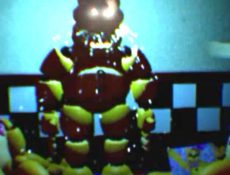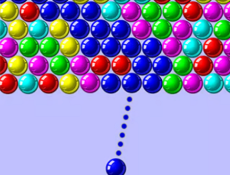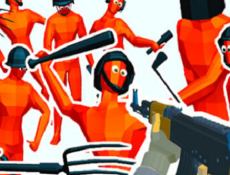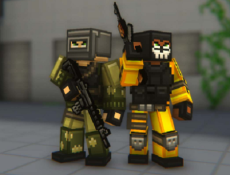Those Nights At Fredbear’s was an independent horror project created by Nikson as part of the wider FNAF fan community. It aimed to expand the usual static gameplay of Five Nights at Freddy’s into a free-roam experience, allowing players to move through the building while still facing constant threats. The project gained attention early in its development but was later abandoned after the creator’s account was compromised and updates ceased. Over time, attempts to continue or rebuild the project appeared under different names, keeping the idea alive within the community.


Those Nights At Fredbear’s
Advertisement

Advertisement
Community Efforts and New Versions
After the cancellation of the original, several developers and fans made their own versions. The best known among them is Those Nights At Fredbear’s: New Destiny, which adds more nights and gameplay systems while keeping the original atmosphere intact. A 2015 remake project was also released on GameJolt, seeking to deliver the closest possible experience to Nikson’s initial vision. These community-driven titles show how the concept influenced players and creators, even though the official development never reached completion.
Gameplay Elements
The central mechanics focus on surviving through consecutive night shifts while managing limited resources. Animatronics patrol the building, each with unique behavior patterns that require careful monitoring. The player uses tools such as cameras, lights, and audio cues to anticipate movement and avoid capture. Power systems create additional risk, as losing electricity leaves the character exposed to Fredbear and other enemies. This combination of monitoring and strategy makes each night increasingly difficult to complete.
Key gameplay features include:
- Free-roam exploration instead of fixed security cameras
- Distinct animatronic behavior across characters
- Reliance on power and resource management
- Escalating threats as the nights continue
- High-risk stealth tactics when enemies are near
Narrative Aspects
In New Destiny, the game connects directly to established FNAF events. The story places William Afton inside Fredbear’s after the incidents linked to the missing children. Each night he must erase evidence, deal with failing equipment, and escape animatronics that become more aggressive as the week continues. This framing ties the events at Fredbear’s to Afton’s larger role in the FNAF universe, ending with his capture by police after surviving the last night. The plot positions the gameplay as a direct consequence of his actions.
Reception and Difficulty
Players who explored different versions of the game have noted the challenge level as one of its most defining traits. Surviving through late nights demands quick reactions and precise use of resources. Modes like the 4/20 challenge push this difficulty further, creating a test of endurance and strategy that only a few manage to complete. Despite issues with balance or unpredictability, many in the fan community value the game for preserving Nikson’s original concept and for delivering a tense, demanding experience that continues to resonate years after its cancellation.




















